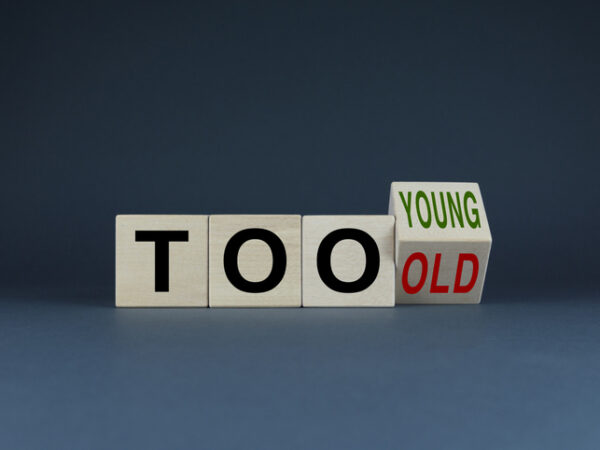A profound transformation is underway within the Canadian and American economies as well as other countries around the world, and it revolves around a demographic often underestimated and overlooked: seniors. No longer confined to traditional notions of retirement, seniors are redefining what it means to grow older in America. They are not only a growing segment of the population but also active participants in the workforce, avid consumers, and digital natives with significant spending power. A recent Fast Company article recognizes their emergence as a force to be reckoned with, reshaping industries and challenging societal norms, paving the way for a more inclusive and diverse future.
The statistics paint a compelling picture of this seismic shift. Over the past decade, the population aged 65 and older has surged, with a staggering increase of 15.5 million individuals. This demographic now represents 16.8% of the total U.S. population, a growth trajectory unseen in the past half-century. Equally noteworthy is their economic influence, with seniors accounting for a substantial 22% of consumer spending, a figure that has risen significantly since 2010.
Looking ahead, projections indicate that seniors will continue to exert their influence, comprising over 22% of the population by 2050. In Canada, nearly 25% of the population will be 65 and older by 2051. Moreover, individuals over 50 will wield considerable spending power, commanding 60% of global expenditures according to AARP’s Global Longevity Economy Outlook. This demographic shift underscores the need for businesses and marketers to adapt their strategies to cater to this dynamic and influential segment of society.
However, the story of seniors goes beyond mere statistics. It is a narrative of cultural impact and societal change. Icons like Iris Apfel and Jane Fonda are challenging age-related stereotypes and reshaping cultural discourse well into their later years. Even in the realm of business, figures like Nike cofounder Phil Knight are leaving a lasting imprint, demonstrating that age is no barrier to innovation and success.
Initiatives such as Silver Pride are pioneering inclusivity for older LGBTQ individuals, fostering a sense of community and belonging. Meanwhile, advancements in technology are empowering seniors to lead fuller, more engaged lives. From digital banking to telemedicine, seniors are embracing technology in unprecedented ways, debunking the myth that older adults are technologically averse.
In the workforce, businesses are recognizing the value of senior talent, tapping into their wealth of experience and wisdom. With nearly one in four U.S. workers projected to be 55 or older by 2032, the aging workforce is reshaping employment dynamics and organizational culture. The recognition that this age group has a wealth of knowledge that can be used to grow companies and mentor the next generation of employees cannot be overlooked.
Moreover, scientific and technological innovations are revolutionizing healthcare and wellness for seniors, challenging age-old assumptions about aging and chronic disease. From self-adjustable hearing aids to online hearing tests, these innovations are empowering seniors to take control of their health and well-being like never before.
As seniors continue to redefine aging, marketers and business leaders must adapt their strategies to capitalize on this burgeoning market. Recognizing the value of seniors as both consumers and contributors to society is not just a matter of economic necessity but a reflection of our evolving cultural landscape. Embracing the silver revolution means embracing diversity, inclusivity, and innovation, ensuring that seniors are not just passive observers but active participants in shaping the future of our economy and society.






Add Your Voice
0 Comments
Join the Discussion